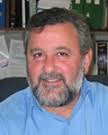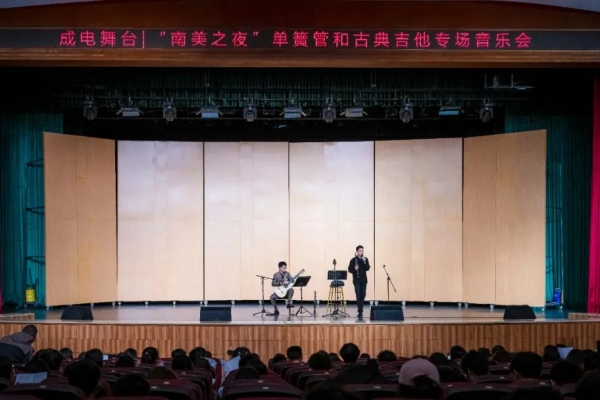即可将网页分享至朋友圈
题 目:HgCdTe-based Infrared Optoelectronics and Optical MEMS for Hyper/Multi-Spectral Imaging
时 间:2016年11月11日(周五)下午15:30-16:20
地 点:沙河校区通信楼818室
主讲人:Prof. Lorenzo FARAONE,The University of Western Australia
IEEE-EDS Distinguished Lecturer

摘 要:
Future development of infrared (IR) imaging requires focal plane arrays to have features of lower cost, larger array format, higher operating temperature, and hyper/multi-spectral capabilities. However, current state-of-the-art photovoltaic HgCdTe IR detectors based on MBE grown HgCdTe on CdZnTe substrates suffer from low device yield, small wafer size availability, and large device dark current. In the past, significant effort has been devoted to the MBE growth of HgCdTe materials on large-area Si, Ge and GaAs alternative substrates to achieve lower cost and increased array format size. However, the large lattice constant mismatch between these alternative substrates and HgCdTe results in a high density of dislocations (mid-106 ~ low 107 cm-2), which seriously degrades the device performance. This presentation we will describe our recent efforts in HgCdTe MBE growth, aimed at developing new GaSb alternative substrates. Our recent preliminary effort at MBE growth of CdTe buffer layers and HgCdTe directly on GaSb has demonstrated that this technology can already provide material of comparable quality to that on well-established GaAs substrates.
Multi-colour/hyper-spectral imaging capability allows real-time spectral information to be gathered from multiple wavelength bands which, in defence & aerospace scenarios, provides enhanced target detection & recognition, and reduced false alarm rates. In industrial arenas, such a technology is applicable to numerous remote sensing spectroscopy/imaging applications in agriculture, medical diagnostics, process control, food security, etc. This presentation will present recent advances in optical MEMS technologies that provide reduced size, weight and power (SWaP) solutions for field-portable and airborne drone/UAV applications. In particular, a number of MEMS-based electrically tuneable Fabry-Perot filter technologies will be presented that are compatible with individual detectors or large 2-dimensional imaging IRFPAs. Such a technology can be hybridised with any detector/sensing/imaging technology, and is capable of low-voltage tuning across the NIR/SWIR, MWIR or LWIR wavelength bands.
主讲人简介:
Professor Faraone is a Member of the Order of Australia (AM), and a Fellow of the Institute of Electrical and Electronic Engineers (FIEEE), Australian Academy of Science (FAA) and the Australian Academy of Technology and Engineering (FTSE). He has published more than 250 international journal papers on his research work, and supervised more than 35 PhD student completions. He is currently Head of the Microelectronics Research Group (MRG) at The University of Western Australia (UWA). Prior to joining UWA in 1987, he worked primarily in the area of silicon CMOS-based microelectronics and non-volatile memory technology with RCA Labs in Princeton, NJ, USA. Since joining UWA he has worked on compound semiconductor materials and devices, including HgCdTe-based infrared sensor technology and MBE growth, as well as optical MEMS technologies for infrared spectroscopy and imaging applications.
编辑:李思扬 / 审核:罗莎 / 发布:罗莎


